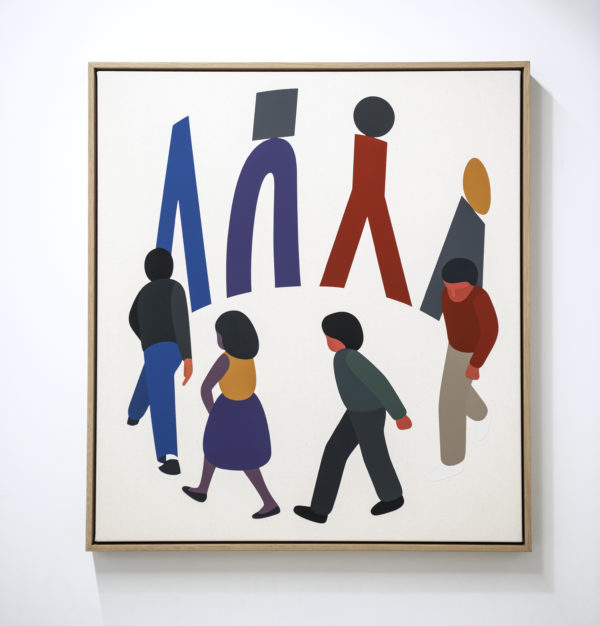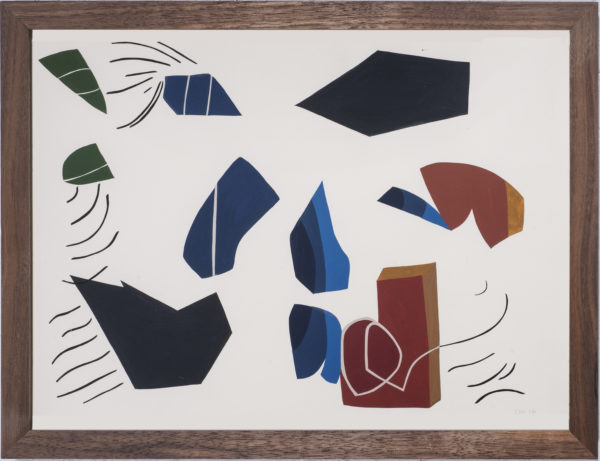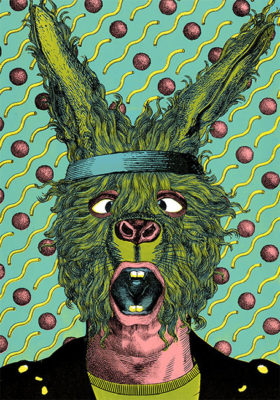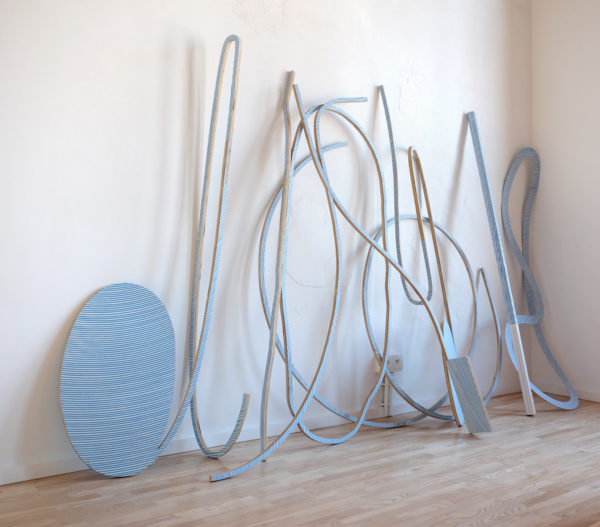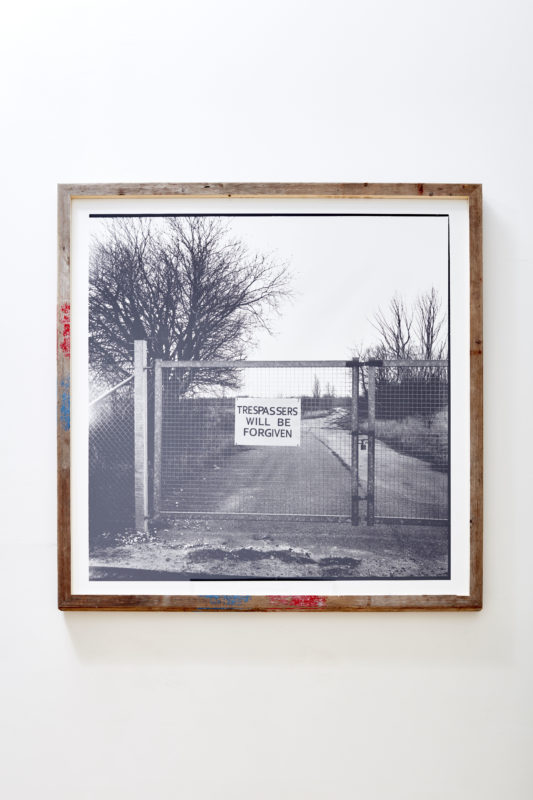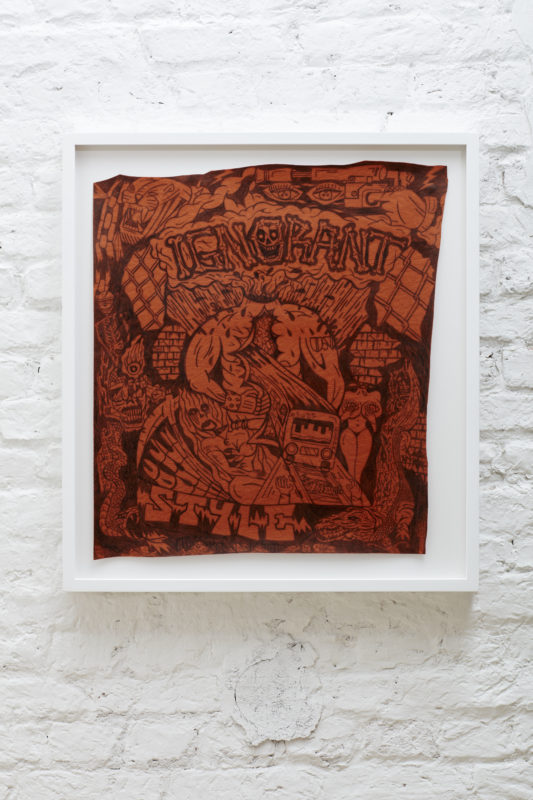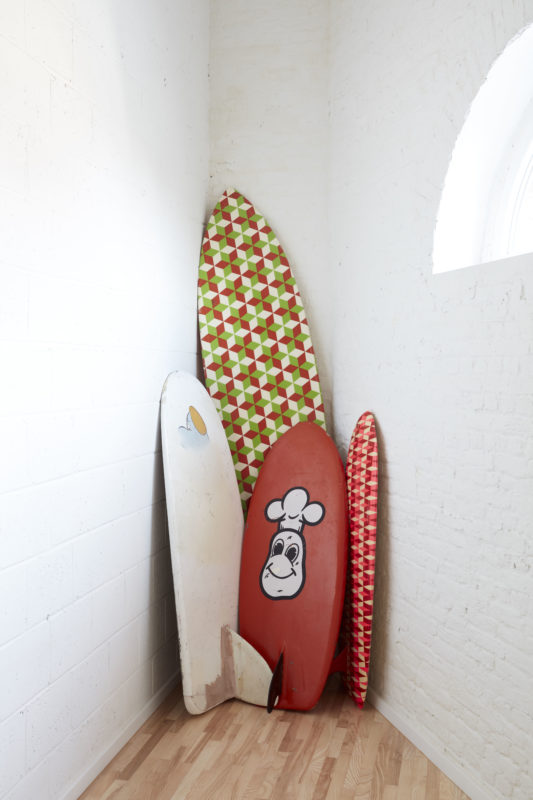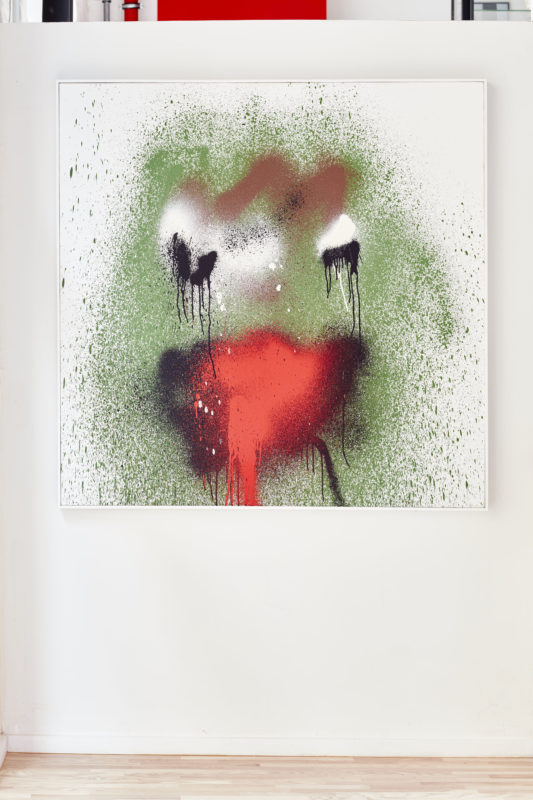Collection
Artists
Akay & Olabo – Alicia McCarthy – Antwan Horfee – Ari Marcopoulos – Atelier Pica Pica – Barry McGee – Boris Tellegen aka Delta – Brecht Evens – Brecht Vandenbroucke – Chris Johanson – Clare Rojas – Daniel Johnston – David Shrigley – EB Itso – Eddie Martinez – Ekta – Elzo Durt – Escif – Faile – Felipe Pantone – FUZI UVTPK – Gabriel Evrard – Geoff McFetridge – Hell’O – HuskMitNavn – James Jarvis – JC Earl – Jean Jullien – Jeffrey Cheung – Jeroen Erosie – Joan Cornellà – Katsu – Laurent Impeduglia – Mark Gonzales – Marti Sawe – Maya Hayuk – Michiel Schuurman – Mike Swaney – Mobstr – Momo – Mon Colonel & Spit – Nicolas Karakatsanis – Pablo Dalas – Pablo Tomek – Parra – Paul Wackers – Poch – Raphaël Zarka – Rhys Lee – Russell Maurice aka Gasius – Ryan Travis Christian – Sarah Albert – Sixe Paredes – Sozyone Gonzales – Steven Harrington – Steve Powers – Swoon – Todd James – 2Shy.
The Collection
“Since 2015, a collection was gradually built up with the aim of highlighting the art scenes to be featured on the future museum’s program. The selection included a number of pieces sometimes associated with urban art. The label refers to the practice of graffiti or street art, carried out by some of the artists, in parallel with their studio work. In reality, these creators coming from different backgrounds, share the Zeitgeist, the creative spirit of their time, dominated here by the Internet revolution, as well as an aesthetic language drawn from both subcultures and contemporary art.
From 2016 onwards, it is mainly the works of artists exhibited at the museum that enrich the collection. This becomes an imperfect reflection of the past. There is no record of all artists and exhibits in the collection for many reasons. The trace of an event serves as a diving board for recollection and not as a precise account of the journey.
The collection is divided into two groups. The first consists mainly of pieces purchased before the opening of the institution. They immediately offered an image of the culture promoted at the museum. The second brings together those acquired after the opening, and which bear witness to the exhibitions. Separately, each work refers to its own story and all together reveal a fragment of the MIMA’s genetic code.”
Raphaël Cruyt






